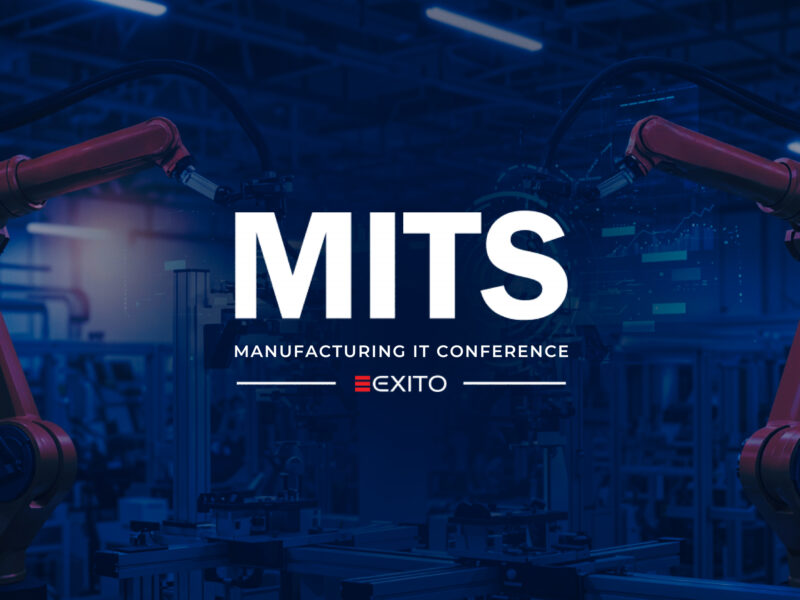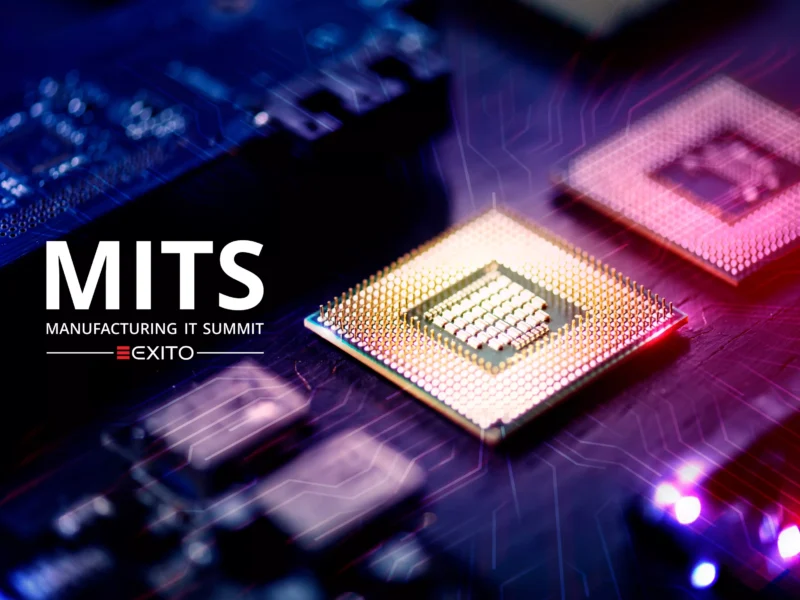Introduction
The idea of robots working alongside humans once seemed like science fiction. A few decades ago, seeing a toy car move on its own was enough to spark wonder. Fast forward to today, and robotics has evolved from playful gadgets to advanced machines driving entire industries. Nowhere is this transformation more visible than in manufacturing, where robotics and automation are redefining production, efficiency, and the workforce itself.
The upcoming Manufacturing IT Summit (MITS) Mumbai 2025 is more than just another gathering. It’s a milestone in this journey, bringing together leaders to explore how robotics is shaping the manufacturing sector’s future.
The Shift Towards Smart Manufacturing
The manufacturing world is no stranger to change. From steam engines to assembly lines, innovation has always powered progress. But today’s transformation is different. Robotics and automation are not just tools; they’re becoming the very foundation of modern manufacturing operations.
Why is this happening now?
- Technological Maturity: Robotics hardware, AI algorithms, and connectivity solutions have become reliable and cost-effective.
- Market Demands: Customers expect faster delivery, customisation, and consistent quality.
- Workforce Dynamics: Ageing workforces and skill shortages make automation a necessity rather than a choice.
Intelligent Robotics: Machines That Think and Adapt
Traditional industrial robots were built for repetitive tasks. They were fast and precise but rigid, operating within fenced enclosures away from human workers. Today, robotics has evolved towards collaborative robots (cobots) – designed to work safely alongside humans on shared tasks.
Key features driving this shift include:
- Adaptability: Modern robots are equipped with advanced sensors and AI capabilities, allowing them to adapt to changing environments and tasks without extensive reprogramming.
- Humanoid Robotics: Some manufacturers are piloting humanoid robots capable of performing complex assembly tasks, using computer vision and natural language processing to understand and interact with human operators.
- Self-Learning Abilities: Robotics systems can now use machine learning to optimise their operations over time, improving efficiency without manual intervention.
End-to-End Automation: Beyond the Production Line
Robotics and automation are no longer limited to the factory floor. They are reshaping the entire manufacturing value chain:
- Design and Prototyping: AI-powered robotics aids rapid prototyping, reducing time from concept to production.
- Smart Logistics: Autonomous Mobile Robots (AMRs) are revolutionising warehouse operations by transporting materials, managing inventory, and optimising storage layouts with minimal human oversight.
- Connected Manufacturing: Integration of robotics with Industrial Internet of Things (IIoT) systems provides real-time visibility across design, production, and distribution, enabling faster decision-making.
Predictive and Preventive Intelligence
Downtime is a manufacturer’s worst enemy. Robotics combined with AI-driven predictive maintenance is transforming equipment management:
- Sensor-Driven Insights: Advanced sensors embedded in robotic systems continuously monitor performance and identify early signs of wear or failure.
- Predictive Maintenance: Data analytics predicts when parts will fail, enabling maintenance before breakdowns occur, thus reducing unplanned downtime.
- Process Optimisation: Machine learning algorithms analyse operational data to recommend improvements, enhancing throughput and resource efficiency.
Sustainable and Efficient Manufacturing
Sustainability is no longer optional; it’s integral to modern manufacturing strategies. Robotics and automation support these goals through:
- Energy Optimisation: Robots designed with energy-efficient motors and smart control systems help reduce power consumption.
- Waste Reduction: Precision automation minimises material wastage during production.
- Supporting Circular Economy Models: Robotic systems enable efficient disassembly, recycling, and remanufacturing processes, closing the loop on resource usage.
Humans and Machines: The Future Workforce
One of the most profound impacts of robotics is on the workforce. While automation raises concerns about job displacement, it also creates opportunities:
- Human-Robot Collaboration: Cobots take over repetitive or hazardous tasks, freeing human workers for roles that require creativity, problem-solving, and decision-making.
- Upskilling and Reskilling: Manufacturers are investing in training programs to equip their workforce with robotics programming, maintenance, and data analysis skills.
- Safety and Inclusion: Robotics enhances workplace safety by reducing physical strain and exposure to dangerous environments, supporting inclusive work practices for diverse employee groups.
Factories of 2050: A Connected, Intelligent Future
Imagine walking into a factory where every machine is connected to a central intelligence system, every process is automated and optimised in real time, and robots communicate with each other to adjust workflows seamlessly. These factories will:
- Use AI to predict customer demands and adjust production proactively.
- Have robots that learn from every task to become more efficient each day.
- Operate sustainably with minimal energy wastage and maximum resource recovery.
- Enable hyper-personalisation, producing customised products at scale with zero errors.
This vision is not a distant dream. It is the roadmap being built today through investments in robotics, AI, and connected infrastructure.
Conclusion
Robotics and automation are more than trends in manufacturing. They are redefining the sector’s DNA. Whether driven by competition, curiosity, or the need for resilience, change is inevitable. The question for manufacturers today is not if they will adopt robotics but how quickly they can integrate these technologies to remain relevant.
The Manufacturing IT Summit Mumbai 2025 is where these conversations take shape, bringing together industry leaders to design the factories of the future – intelligent, sustainable, and human-centric.


